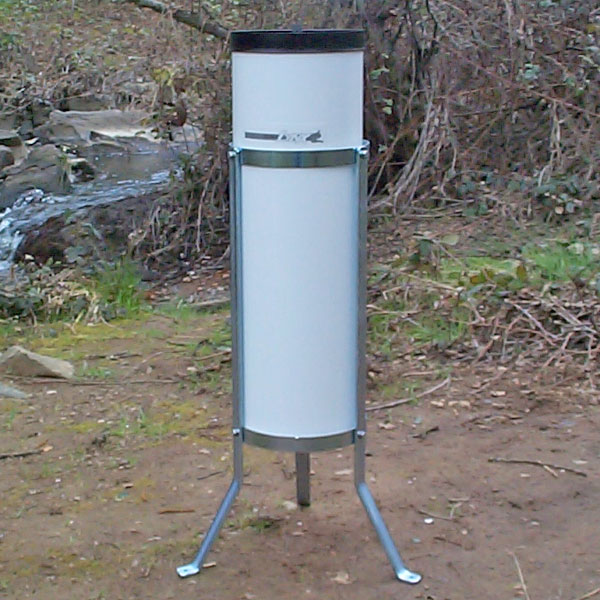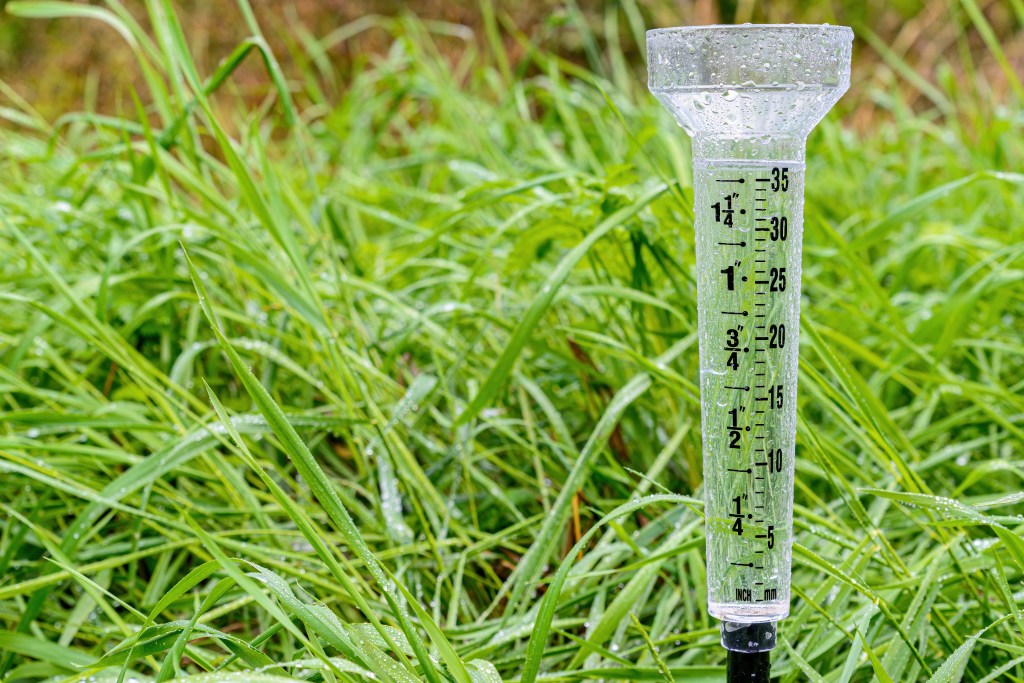Rain Gauge Acquiring Guide: What You Need to Know for Optimal Performance
Rain Gauge Acquiring Guide: What You Need to Know for Optimal Performance
Blog Article
Unveiling the Science Behind Rain Evaluates: Exactly How These Gadgets Play a Vital Function in Environment Research and Ecological Monitoring
Rain assesses, apparently straightforward gadgets, hold a profound value in the realm of climate research and ecological monitoring. These simple instruments quietly accumulate among nature's most important aspects-- rains. Behind their plain facade lies an intricate science that is essential for recognizing the dynamics of our environment. As we peel back the layers of this scientific veil surrounding rainfall assesses, we reveal a globe where accuracy, data accuracy, and thorough monitoring merge to introduce a much deeper understanding of our changing climate and its impact on the earth.
Importance of Rain Gauges
Rain gauges play a vital duty in surveillance and gauging precipitation levels, supplying crucial data for environment study and analysis. These gadgets are basic in quantifying the quantity of rains that occurs in a certain area over a certain period. By gauging and gathering rain, rainfall assesses deal beneficial understandings into the distribution and strength of rainfall, aiding meteorologists, hydrologists, and climatologists in recognizing weather condition patterns and trends.
Additionally, long-lasting data accumulated from rainfall assesses helps in examining environment change effects and patterns, contributing dramatically to clinical research and decision-making procedures. In significance, rain determines offer as important tools in the area of meteorology and environmental science, playing a vital role in progressing our understanding of climate and climate dynamics.
Sorts Of Rainfall Gauges

Capability and Procedure
In the realm of climate research and meteorological studies, the efficiency of rainfall assesses depend on their detailed performance and specific operational mechanisms. Rainfall determines are made to properly measure the amount of precipitation that tips over a specific location during a collection duration. These gadgets typically contain a channel that collects rain and networks it right into a gauging tube. The measuring tube is marked with adjusted dimensions that permit for the specific metrology of rains.
The capability of rainfall determines is based on the principle of gauging and collecting rain in a standard manner. This collected data is important for recognizing neighborhood climate patterns, tracking lasting environment patterns, and analyzing environmental impacts. To make certain accurate measurements, rainfall assesses demand to be tactically put in open areas far from blockages such as buildings or trees that can disrupt the this post collection procedure.
The functional facet of rainfall gauges includes routine upkeep to prevent particles buildup, calibration checks to preserve dimension precision, and information taping for analysis (rain gauge). On the whole, the functionality and operation of rain directory evaluates are necessary for gathering trusted precipitation information important to climate study and environmental surveillance
Function in Environment Study
Provided the important importance of precise precipitation measurements in recognizing weather patterns and ecological effects, the role of rainfall evaluates in climate research study is crucial. Rain evaluates supply important information for climate research study by quantifying the quantity of rainfall that tips over a particular area throughout a given duration. This data is essential for checking long-lasting patterns in precipitation patterns, analyzing the effect of environment modification on rains circulation, and improving environment designs.

Environment researchers make use of data collected from rain assesses to assess variations in precipitation levels, identify regional environment trends, and review the effectiveness of water source monitoring strategies. By contrasting historic rainfall data with present dimensions, researchers can spot changes in rainfall patterns, such as adjustments in the frequency or intensity of rainfall occasions. This details is crucial for comprehending exactly how climate change is influencing rainfall characteristics and can aid policymakers make educated decisions regarding adjustment and reduction techniques.
Applications in Environmental Surveillance

In flood forecasting, rain gauge information helps to track rainfall strength and circulation, allowing authorities to release timely cautions and take needed measures to mitigate flooding risks (rain gauge). Drought tracking depends on useful link rainfall scale information to assess wetness levels in the dirt and track precipitation deficiencies, aiding in the recognition of drought-prone areas and the implementation of drought response approaches
Moreover, rain scale data plays a crucial role in water resource monitoring by supplying details on water availability and usage patterns. This information is used to make informed decisions regarding water allowance, preservation actions, and lasting water source planning. In addition, in farming, rainfall gauge information aids farmers in enhancing irrigation timetables, crop selection, and general ranch monitoring techniques based on local precipitation patterns. On the whole, rainfall assesses are vital tools in environmental monitoring, using beneficial understandings that add to informed decision-making and sustainable resource monitoring.
Conclusion
In conclusion, rain evaluates are necessary devices for gauging rainfall, supplying beneficial data for environment research study and environmental tracking. With different types and functionalities, rainfall evaluates play a critical role in understanding precipitation patterns and their impact on the setting. By properly measuring rainfall, these gadgets add to the improvement of scientific understanding and aid in making informed choices pertaining to water source administration and catastrophe readiness.
Rain assesses play a vital duty in tracking and determining rainfall levels, giving crucial data for climate research and evaluation. The basic rainfall scale, known as the "tipping container" gauge, is one of the most typically used gadgets. Ultrasonic rainfall gauges use sound waves to find the presence of rain, offering real-time data on precipitation degrees.Environment researchers make use of information collected from rainfall determines to examine variants in rainfall degrees, recognize local environment fads, and assess the effectiveness of water source monitoring strategies.In verdict, rainfall gauges are vital devices for determining precipitation, offering beneficial data for climate research and environmental tracking.
Report this page